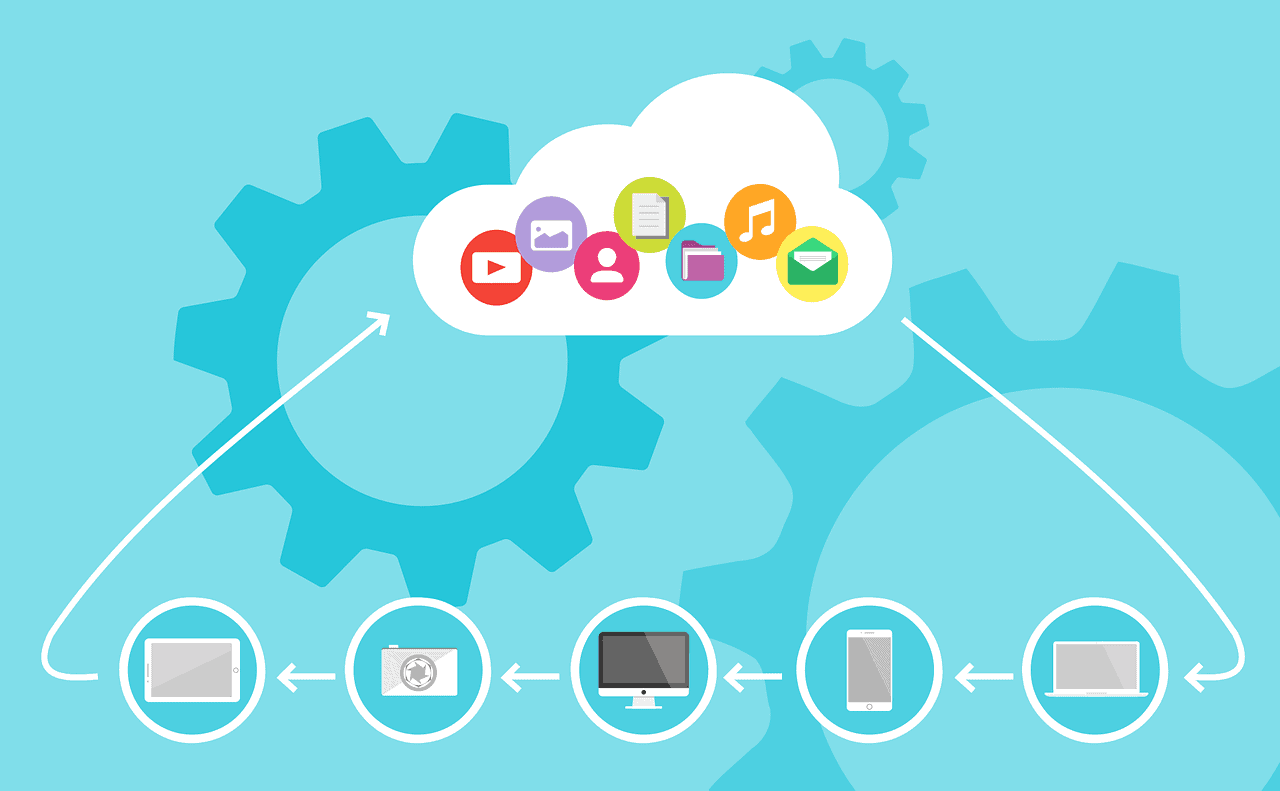Cloud migration has become necessary for any business looking to remain competitive. The cloud makes it easier to reduce costs while improving performance and makes it easier for your IT team to focus on improving your product and services. All this and more makes cloud migration attractive for businesses.
However, it’s not an easy task and according to a survey conducted by Cyara, business executives and IT leaders stated that their digital transformation efforts such as cloud migration are usually behind schedule by four to five months. And no one likes delays, especially not in something as major as cloud migration. So, here are the best practices from our experience that help you avoid delays in your cloud migration journey.
Table of Contents
Pre-Migration Stage
Have a Clear Vision and Goals
Before you start working on your migration plan, you will need to have a clear vision of where your IT and business stands in the future. From there, you should set clear, SMART goals for what you expect to achieve. The clearer you are, the better for your business. As your needs and challenges will be specific to you.
This helps you better understand how to manage your business needs and what specific cloud features will benefit you best. Plus, having a clear vision and goals helps you communicate the importance of migration to internal teams and might lessen resistance to cloud migration.
Train Staff Before Adoption
Switching from on-premises to cloud technology is a major shift and can affect how you operate drastically. Especially, if you are shifting from legacy systems and applications to the cloud. So, start training your staff on cloud technology early to smooth the transition. Getting your IT team acquainted with the technology early will make not only the process of migration smoother, but will make it easier for them to work in the future. And as a bonus, you will also be developing the skillset of your internal teams and helping them better understand the importance of the cloud. jasaseo.link
Outline Your Operation
This should be obvious, but you should have a clear outline of the migration, starting even before you begin the migration. You should be clear about which applications are being moved, when they will be moved, and which of the 7Rs you are using to migrate them. The clearer your outline is, the easier your migration will be. However, do not forget to also account for the unexpected. As you will often run into unexpected challenges during your journey. So, keep that in mind when you start planning and outlining your migration.
Build a Solid Cloud Governance Framework
A cloud governance framework is a set of rules and guidelines for you to better manage costs and efficiencies in the cloud. It focuses on operations, finance, risks, and compliance. It is an essential part of any IT team as it helps them gain a better understanding of how to navigate the cloud. So, you should have a clear and solid cloud governance framework before you migrate. And if you’re not sure where to start with this, check our post on the “Best Practices for a Solid Cloud Governance Framework”.
Asses Your Applications and Workloads
Before you migrate anything, take inventory of what applications and workloads you have. What can you move, and when can you move it? Figure out dependencies between various parts of your application and plan for it. The more thorough you are, the better to avoid mistakes. It can be disheartening and annoying when you finally manage to complete your migration, only to discover that an application is no longer working. And now you have to figure out what the issue is. So, be thorough and ensure that everything is clear. This way, you can avoid these issues, and even if they occur, this can act as your guide to solving them.
Select the Right Partner
We all need a little help sometimes, and it is no shame to ask for help when you need it. And if the migration process seems long and daunting to you, then work with a cloud services and solutions provider to simplify it. But be sure to properly vet the provider first. Check their qualification and credentials to make sure that they are the right partner for you.
So, for example, if you are migrating your SAP workloads to AWS, you might want to collaborate with a partner who has experience migrating SAP and has the competency to prove it, like ForteCloud. We are an advanced AWS partner with SAP competency and Amazon EC2 for Microsoft Windows Server Specialization. We have years of experience migrating hundreds of projects for companies of different sizes, you can contact our team today to learn more about what we can do for you.
Migration Stage
Start Small
When migrating workloads and applications, it is always better to start small first. When you start with the smaller applications and workloads first, you give yourself the time to test the environment. This helps you ensure that all is going according to your plan and catch any issues before escalating. As soon as you feel confident in your abilities, you can start moving the mission-critical and bigger workloads without worries. Cloud migration is not a race, so take your time to avoid problems in the future.
Automate Whenever Possible
Automation is one of the best features of the cloud if you set it correctly. As it allows you to automate mundane, day-to-day tasks. This gives your team the time to focus on other more important tasks. So, as you migrate to the cloud, take the time to go through your applications and workloads and automate tasks whenever possible. Once automation is set up, then you will find that you will be able to realize the benefit of the cloud quicker than anticipated.
Leverage Next-Gen Cloud Managed Services
When migrating to the cloud, it is always better to utilize services built on the cloud. So, services like Amazon RDS, AWS Directory Service, and Amazon DynamoDB are better than their on-premises alternatives. Plus, when you use services already on the cloud for your business, then you do not have to spend the time needed to adjust any of your current applications to take advantage of the cloud. Benefits like automation, elasticity, security, and more are easier to access when your applications are already built for the cloud.
Post-Migration Stage
Monitor Everything
Now that you have completed your migration, it is time to monitor the performance and health of your environment, for the first couple of months at least. Performance metrics such as response time, end-user experience metrics such as latency, security metrics such as data exposures, and more are all KPIs you will need to keep an eye on after migration. Ensuring that all is well and operating properly means that your migration was a success. So, be sure to pay attention and fix issues before they escalate further. And if you need to learn more about what KPIs you need to monitor post-migration, read this blog post.
Use Cloud-Native Tools for Monitoring and Analysis
Since monitoring your environment is an essential part to ensure the success of your migration, we recommend you make use of cloud-native tools for monitoring and analysis. There are multiple publicly available tools for you to make use of that can be integrated with your cloud, such as New Relic, APPDYNAMICS, AWS CloudWatch Logs, and more. Each tool has its benefits and drawbacks, so make sure to go through them and determine which ones you need. This will simplify monitoring and analysis for you and allow you to make more informed decisions in the future.
Leverage Managed and Support Services
If you have collaborated with a partner for your cloud migration, then most probably that same partner also offers managed and support services to help you manage your environment better. The purpose of managed and support services is to help you avoid risks, reduce costs, and improve cloud performance. For example, ForteCloud’s managed and support services are a set of tools designed to help you automate infrastructure management tasks for Amazon Web Services (AWS) deployments. Our dedicated Cloud support team develops a close working relationship with you to be able to provide you with the proper assistance. You can contact our team for more information about our Managed and Support Services.
Conclusion
Cloud migration is not an easy step, but it is a necessary one for businesses of today. These best practices are meant to help you on your journey, but they are in no way the end all be all for cloud migration. So, make sure to do your due diligence before you embark on your journey and learn about it as much as you can. Because the more informed you are, the smoother your journey will be.
And if you are looking for a partner to help you migrate to AWS, FORTE CLOUD’s team is ready to help you every step of your cloud adoption journey.




